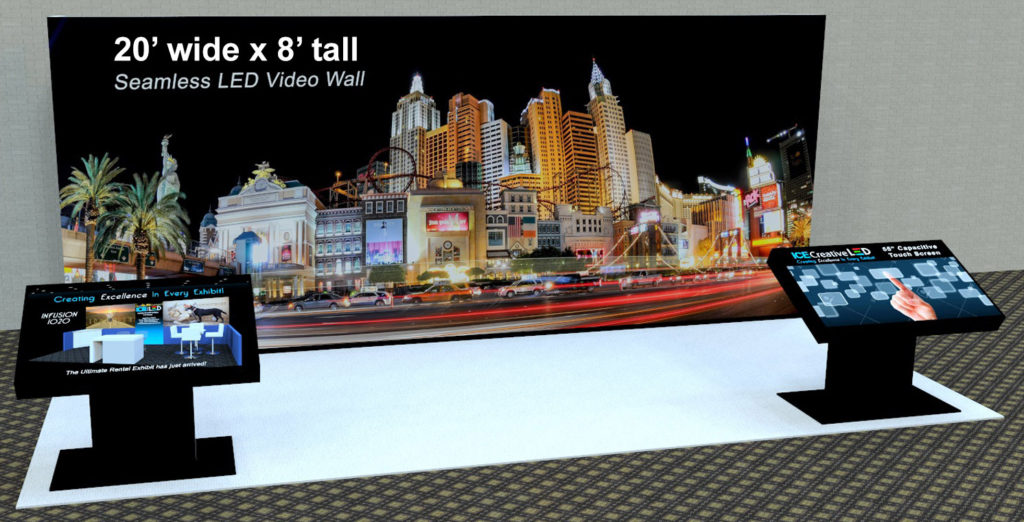Examining the Diverse Integration Options Offered for Light Emitting Diode Wall Modules
Examining the Diverse Integration Options Offered for Light Emitting Diode Wall Modules
Blog Article
LED display units have gained popularity for their ability to deliver crisp imagery in various settings, from corporate environments to event venues. One of the primary aspects of these systems is their connectivity options, which allow users to connect them to different devices and systems. Understanding the diverse connectivity options supported for LED wall panels is vital for enhancing their use and effectiveness. This discussion explores these features, showcasing how they can adapt to specific needs and preferences.
One frequent connection method for Light Emitting Diode wall panels is HDMI. High-Definition Multimedia Interface is broadly known for transmitting high-quality video and audio streams between devices. This interface type is especially useful in commercial environments, such as meeting spaces or training rooms, where presentations or video content are often displayed. By using HDMI cables, operators can easily connect laptops, projectors, and streaming equipment to LED wall panels, ensuring a clear and vibrant display of media.
Another commonly used connectivity method is Display Port, which is similar to HDMI but offers enhanced advantages. DisplayPort can support higher refresh rates and display outputs, making it an ideal choice for gaming or graphic-intensive applications. For those using Light Emitting Diode wall panels in environments where output quality is critical, such as esports arenas or creative workspaces, Display Port can provide the necessary visual quality. Additionally, many contemporary computers and graphics cards include Display Port connections, making it a practical option for tech-savvy professionals.
In contrast to HDMI and DisplayPort, cordless transmission methods are becoming increasingly prevalent in Light Emitting Diode wall panel solutions. Wireless connections allow users to share content without the requirement for physical cables, promoting a streamlined and more adaptable setup. Technologies such as Wi-Fi and Bluetooth allow users to navigate to this site link smartphones, tablets, and laptops seamlessly to Luminescent Diode wall panels without cumbersome wires. This versatility is especially advantageous in fast-paced settings like trade shows or events, where quick adjustments to displays are often required.
For larger deployments or more complex setups, LAN integration through wired networking is another reliable solution. Wired links provide a consistent and reliable way to connect multiple Light Emitting Diode wall panels within a system. This approach is suitable for electronic display applications found in shopping malls or airports, where multiple panels may need to display coordinated content across a broad area. By using network cabling and network switches, users can ensure that all linked panels receive consistent data and information seamlessly.
Lastly, it's crucial to evaluate the evolution of interface technology with advancements such as Universal Serial Bus-C and Thunderbolt 3. These next-generation interfaces offer enhanced data transfer speeds and versatility by allowing one cable to handle both power delivery and data exchange. As more devices adopt these protocols, Light Emitting Diode wall panels equipped with Type-C ports will likely become more common. This evolution in integration not only improves the capabilities of Luminescent Diode wall panels but also coincides with the growing trend of minimalism in technology setups by minimizing the number of cables needed.
In conclusion, examining the diverse connectivity options available for LED wall panels reveals many opportunities for operators across multiple industries. From traditional approaches like HDMI and DisplayPort to contemporary cordless technologies and visite site LAN setups, each option serves specific functions tailored to specific needs. Furthermore, next-gen technologies like Universal Serial Bus-C offer further developments in how professionals utilize Luminescent Diode wall panels. By grasping these connectivity choices, individuals can make informed decisions that enhance their overall experience with these multifunctional visual solutions.